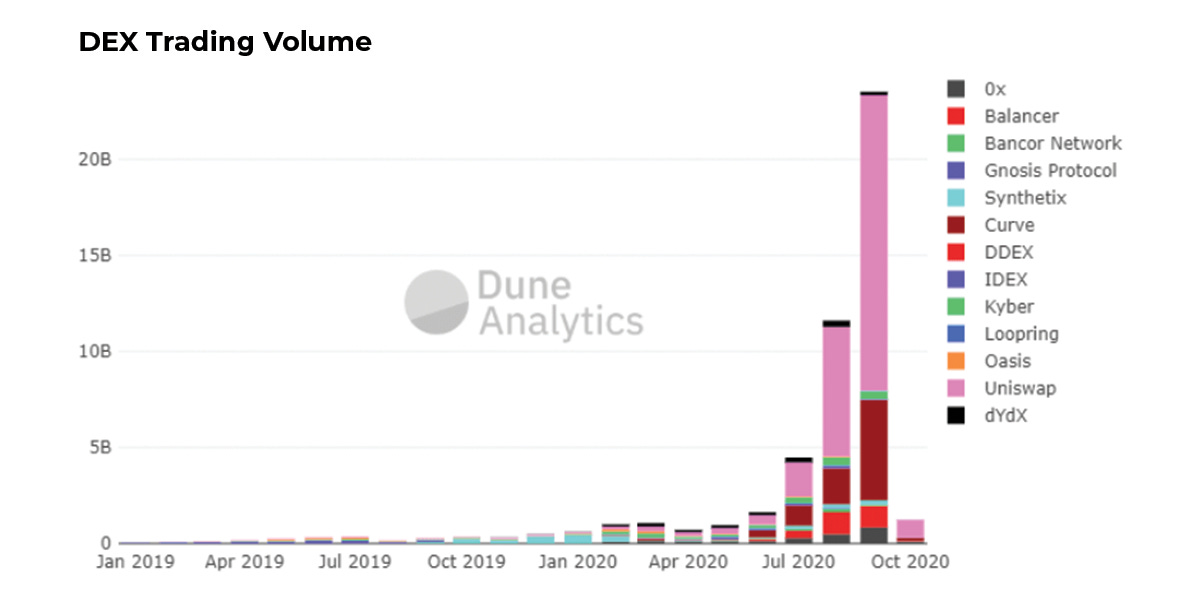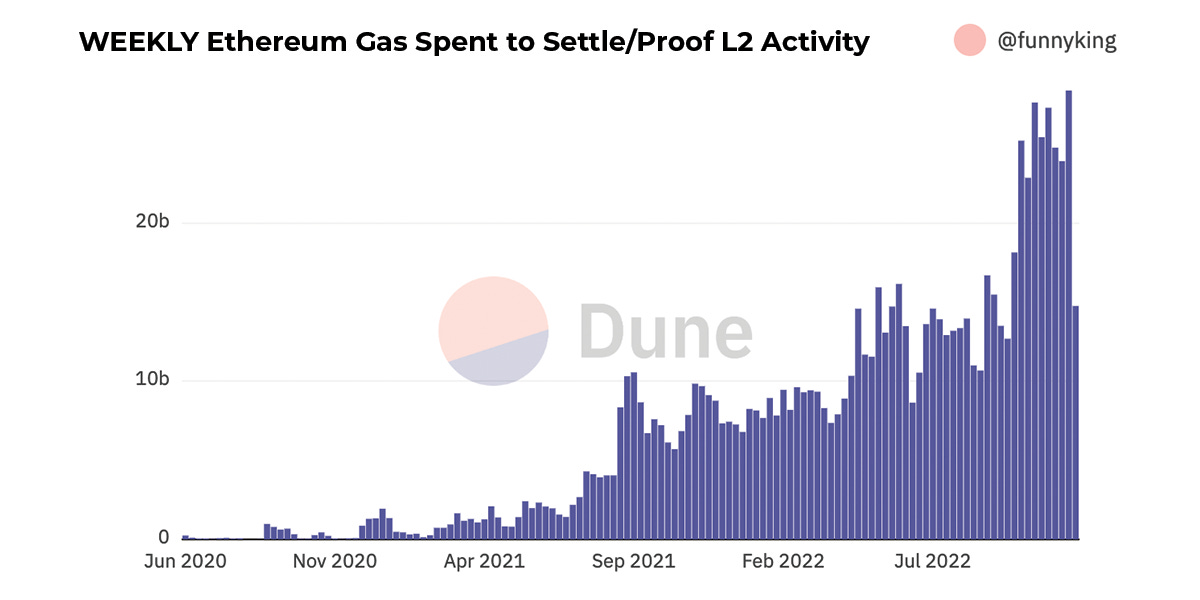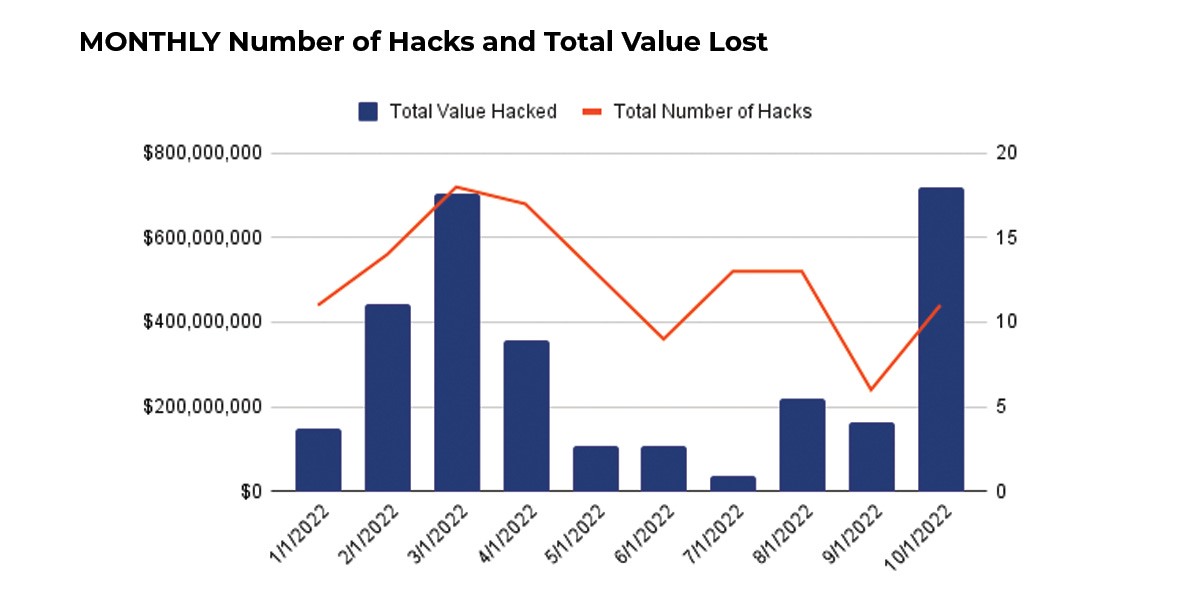UX: the Achilles’ Heel for Web3?
Blockchain product design needs to embrace its user-centric roots - where simplicity rules - and the projects below are making strides where it matters most.

Crypto is arguably in a state of perpetual mutation maximalism, piling iteration upon iteration of code, ideas, and mechanics on top of each other.
There will come a time when killer web3 apps gain global adoption, and they will achieve it through simplicity.
The UX Uni-corn
Luckily, Web3 UX has already offered a glimmer of what the future could hold.
Whatever you believe was the catalyst for DeFi Summer - breakthroughs in decentralized models, the added freedom of WFH, or the money printers brrr-ing away - Uniswap’s design ethos played a lead role.
It shunned complex front-end data arrangements and functions in pursuit of reductionism. This meant that a sprawling community of newly-christened crypto enthusiasts was able to tap into fresh alpha with ease.

With volume figures as the hard evidence, that simple trade box should be a benchmark for every dApp new and old. Even today, it still symbolizes a welcoming face in a world of shadowy super coders.
Ball and Chain(s)
‘Cross-chain’ is a trending concept; which makes perfect sense with worthy L1 and L2 competitors popping up weekly.
With this growth brings a proportional increase in entry barriers, like new wallets, tech, and necessary knowledge. Those at the cutting-edge can adapt and adopt, but those yet to start their DeFi journey will likely never do so.

Without waiting for some Darwinian event, where Chain X eventually rules supreme, tackling interoperability remains front and center.
A good portion of current bridge tech solutions are both cumbersome and surrounded by an understandable undercurrent of caution. In August 2022, an upgrade exploit on the Nomad Bridge let users exchange 0.1 $WBTC on Moonbeam for 100 $WBTC on Ethereum.
A simple tweak in code, by calling the protocol’s process() function but skipping validation, cost DeFi users around $190m.
Then there's the $350m loss following the Wormhole Hack.
Alexar is a cross-chain, permissionless communication protocol that exists as an overlay network capable of fluid chain-to-chain interactions, on any protocol, in just a click.
Its validators enjoy a bird’s eye view of the ecosystem and are able to send messages derived from a uniform structure securely between once-disparate chains.
The General Message Passing (GMP) feature, which underlies the protocol, means developers are able to construct dApps which can make contract calls between chains.
Dig into the possibilities here and the benefits become clear. Builders are able to scrub out the need to create wrapped assets, which bring inherent risks, and no longer have to learn non-native frameworks.
Data-driven Development
A key driver of Web2 growth has been the development of analytics as a source of consumer understanding.
This concept of attribution is a missing link in Web3, currently masked by streams of indistinguishable hash strings, throwaway wallets, and nameless smart contracts.
Spindl has begun to spark classic trad marketing concepts like retention rates and conversion funnels into the minds of blockchain builders.
It uses conversion events, which are essentially tiny subgraphs, to track user flow between Web2 platforms and on-chain. The outcome is that it is able to track a user’s path to identify pain points in the system.
In December 2022, the project worked with backer and crypto goliath, Polygon, to develop an NFT drop backed by Spindl tech. From this campaign, they were not only able to identify source platforms and paths to mint, but also create insightful secondary data, like mints per wallet over lifetime.
The ability to track (respectfully, of course) where, when, and how a user interacts with a product can be a powerful tool that will likely need to be emulated to gear up for the next billion users.
Who dat? Web3’s Identity Crisis
Bad news, anon, opsec might be on its way out.
Crypto’s users are largely a secretive bunch; but this will have to flex for Web3 to integrate on a wider scale.
DeFi products can only be relevant when they allow users to create and, most importantly, manage their identities. This opens up huge opportunities, like tailored lending, flexible credentials, and so on.
In a middle-ground between authentication and privacy, Disco has developed data backpacks, which allow owners to compartmentalize and share on-chain data at their discretion.
The protocol’s core solution is a combination of Decentralized Identifiers (DIDs) and Verifiable Credentials (VC). The former being a string of numbers that relates to a specific piece of personal information (a Twitter handle, for example), and the latter is a flexible and verifiable attestation signed using a DID.
The elegance here is that introducing the capability for data owners to securely limit what’s visible, and to who, perfectly reflects decentralized ideals.
This is ownership to the extreme, and limiting age-old issues like malicious third-party data use is just the start. Web3 users could instead soon be exploring ways to monetize their stashed data.
Code is (Against) the Law
To 99% of the Web3 space, smart contract code means zilch.
As a growing number of BAYC holders will attest to, signing functions without knowing what’s really happening is a (ba)boon for criminal activity.

The issue lies squarely with wallets. The disconnect between the typical user of a digital product and the underlying code is nothing new.
The difference being with Web2 and Web3 is that the outcome can be financially fatal.
Fire is developing a browser extension that acts like an x-ray machine for wallet activity and provides an overview of the ins and outs of proposed transactions.
Primarily, it scans for and displays an outline of each contract call and any hidden, malicious signature requests.
It does this while never interacting directly with wallets. So no keys or addresses are shared, and it doesn’t have an influence on executing transactions.
A good portion of Web3 wallets still feel like they’re in Developer Mode and adding a trusted, human-readable skin in this way is a natural evolution in usability.
The Takeaway
It’s clear that UX and DeFi must become seamless in the battle for adoption.
The ethos of account abstraction is filtering through DeFi, with concepts like session keys and wallet-backed social logins becoming a first-choice for Web3 builders.
The current issues regarding entry points and day-to-day use are yet to be solved, and likely just as important as developing the underlying tech right now. Particularly where the following is concerned:
Reliant interoperability and bridging
Smarter product dev built through data
Immutable identity management
User-friendly wallets
After all, the tech has proven itself up to a point. We’re able to trade, exchange NFTs, and develop new protocols at an increasing pace.
The next step is to begin packaging it in a way that lets people of all ages and backgrounds integrate it into their everyday lives.
// Jamie White
